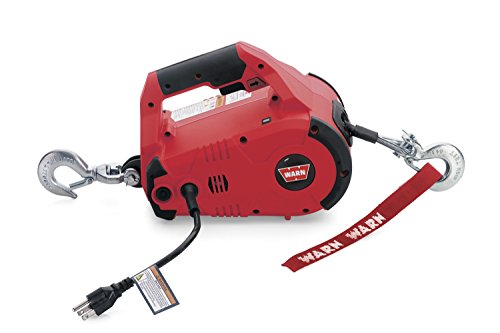The schematics are pretty complete. I made some revisions to them after I got them, but didn't change the schematics in case you wanted to retain their original premise.
The original plans use a plastic sewing machine pulley bolted to the end of the cam shaft head. The pulley is pretty large, necessitating it's mounting outside of the cam cover. The original "architect" of the plans also had the original cam gear modified to accept a key way. He said that this would make sure the pulley didn't twist on the head. I saw this additional step as unnecessary and more costly because you'd have to get the cam gear machined. Instead, I used a longer bolt, and a piece of black (water) pipe as a spacer between the cam gear and back of the pulley. The bolt threads through the pipe and into the original cam gear bolt hole. A large washer followed by a lock washer keeps everything tight. The pulley used in the plans is mounted externally, as I said, and is larger in diameter to increase the revolutions of the alternator pulley. I figure an increase of two-fold or so at the alternator pulley. While this would be OK for a motorcycle mainly used for "around town", I think that most any 4 cylinder motorcycle should provide enough rpm's at speed to keep the alternator at peak speed. I know that my Wing, and Kawi (both 4 cylinders) operate at around 4,000 rpm's at 60-65 mph. I think that a "regular" sized pulley could even be employed if you were attaching this to a 2 cylinder motorcycle such as a Harley. Their servicar conversions (used for police work) have a belt set up similar to my plans except the assembly is mounted longitudinally in the frame with the alternator in the front of the motor.
The benefits of using a smaller pulley (as opposed to the sewing machine pulley) are as follows:
1. A smaller pulley allows you to do less cutting on the cam cover.
2. A "regular" pulley is easier to find, and I personally don't like the idea of using a plastic pulley, regardless of its strength.
I recommend a smaller diameter alternator in order to save precious foot space on the right side of the bike. I like the single wire Chevy alternators because they're cheap and have a built in regulator, and you can find them anywhere. The drawback to the Chevy alternator, though, is that it's pretty "plump". Toyota, Honda Civic, and I'm told, Chevy Cavalier alternators are considerably smaller in diameter. I mentioned the internal regulator in the Chevy alternator.... This isn't a "have to have" item as you can use the motorcycle's regulator and rectifier (and all other 12 volt system items) as you would with the original stator. I ran the wire from the alternator across the block and into the original 3-wire hook-up located on the lower left side of the bike near the battery (on an '81 Wing). If you haven't done so, get rid of the original plastic 3- wire connection. They're prone to overheating and building increased resistance (which may have fried the stator in the first place).
JC Whitney mail order sells a cheap spot light mounting bracket of a two piece design that's made to fit around 1" tubing. I think they're about 6 bucks or so. I used them, bolted to a piece of flat steel, as the alternator mount. You can come up with something similar pretty cheap. Let's see.... I'm trying to make sure I have covered most of the discrepancies. .. I think so... Look over the plans and if you have any questions, please feel free to give me a holler.























































